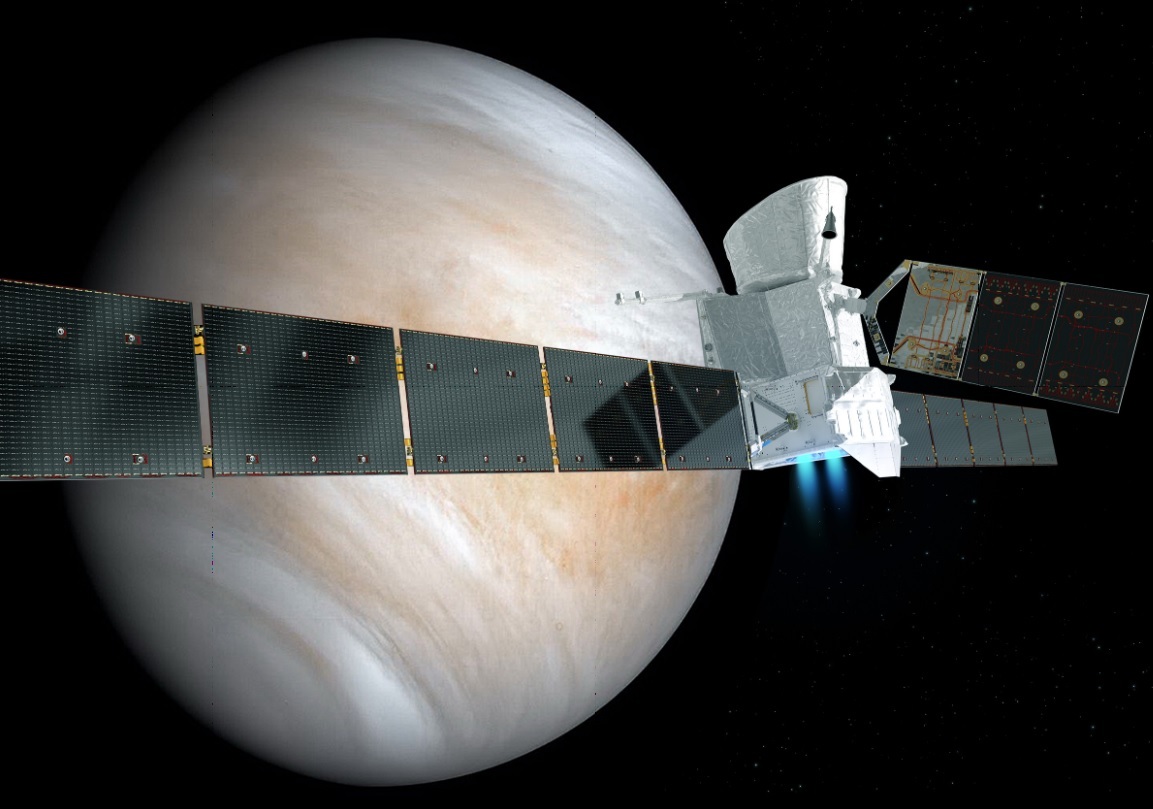New data about Venus thanks to the SAS physicists

Space probe BepiColombo, which has been traveling to Mercury since 2018, has now approached Venus at distance of 10 720 kilometers. Thanks to scientists from the Slovak Academy of Sciences it will be possible to utilize such close flight to study the properties of ions in its upper atmosphere.
European-Japanese space probe BepiColombo, which will reach orbit of Mercury in 2025, transports several scientific devices. And they will be active during next four days. Amongst them there is also ion mass spectrometer SERENA/PICAM (Planetary Ion CAMera) which was constructed by scientists from Institute of Experimental Physics SAS in Košice and technological company Q-Products, based in Bratislava.
“The main task of PICAM is to register ion distribution, i.e. their chemical composition, energy and direction from which they arrive. Unlike the Earth, which is protected from solar winds by its magnetic field, Venus does not have its own magnetic field. Its magnetosphere is only induced by magnetic field of Sun and therefore its upper atmosphere reacts significantly with charged particles of the solar winds. Flight of the probe through such complex environment will surely give us plenty of valuable knowledge about our neighboring planet,” says Ján Baláž from IEP SAS, who was directly involved in the construction of the probe.
For the Institute itself, this is the twenty-first active space mission, to which it has contributed by development and construction of scientific equipment. “Besides this mission we also build a global network of detectors for airglow monitoring, we participate in data analysis from the experiment based on International Space Station ISS and we also work on development of physical models of cosmic rays behavior in the Earth’s magnetosphere and heliosphere. We also perform measurements of the secondary cosmic radiation at Lomnický peak,” adds Pavol Bobík, head of the Department of Space Physics at IEP SAS.
Interest for Venus increased during September, when radiotelescopes in Atacama, Chile and Hawaii, USA detected phosphine in Venus’s atmosphere, which on Earth occurs exclusively due to biogenic activity. Until recently, Venus was considered inhabitable for life of our type due to extreme temperatures, pressure and toxic atmosphere. Presence of phosphine arouses hypothesis about possible microbial life in the upper layers of its atmosphere.
Original author: Department for Communication and Media at SAS
Photo: Katarína Čižmáriková
 Contact
Contact Intranet
Intranet SK
SK






